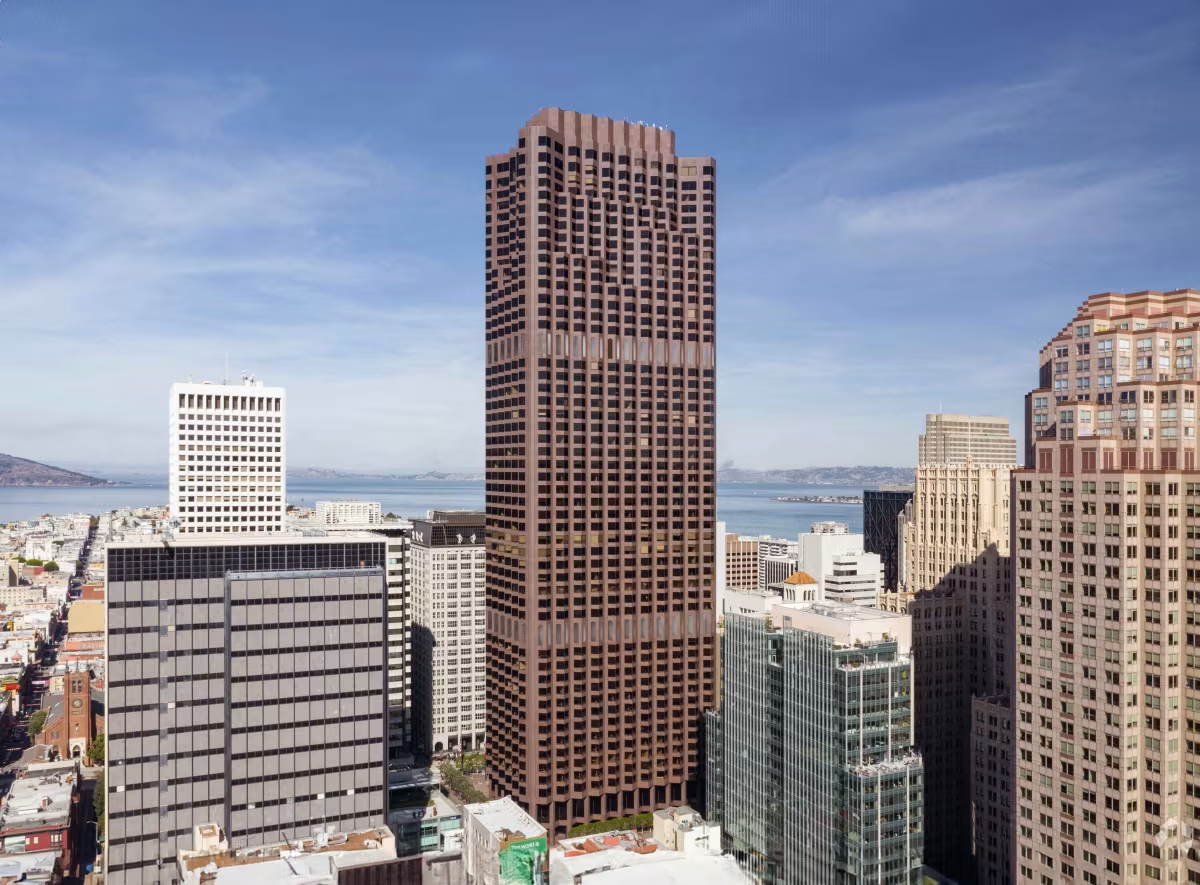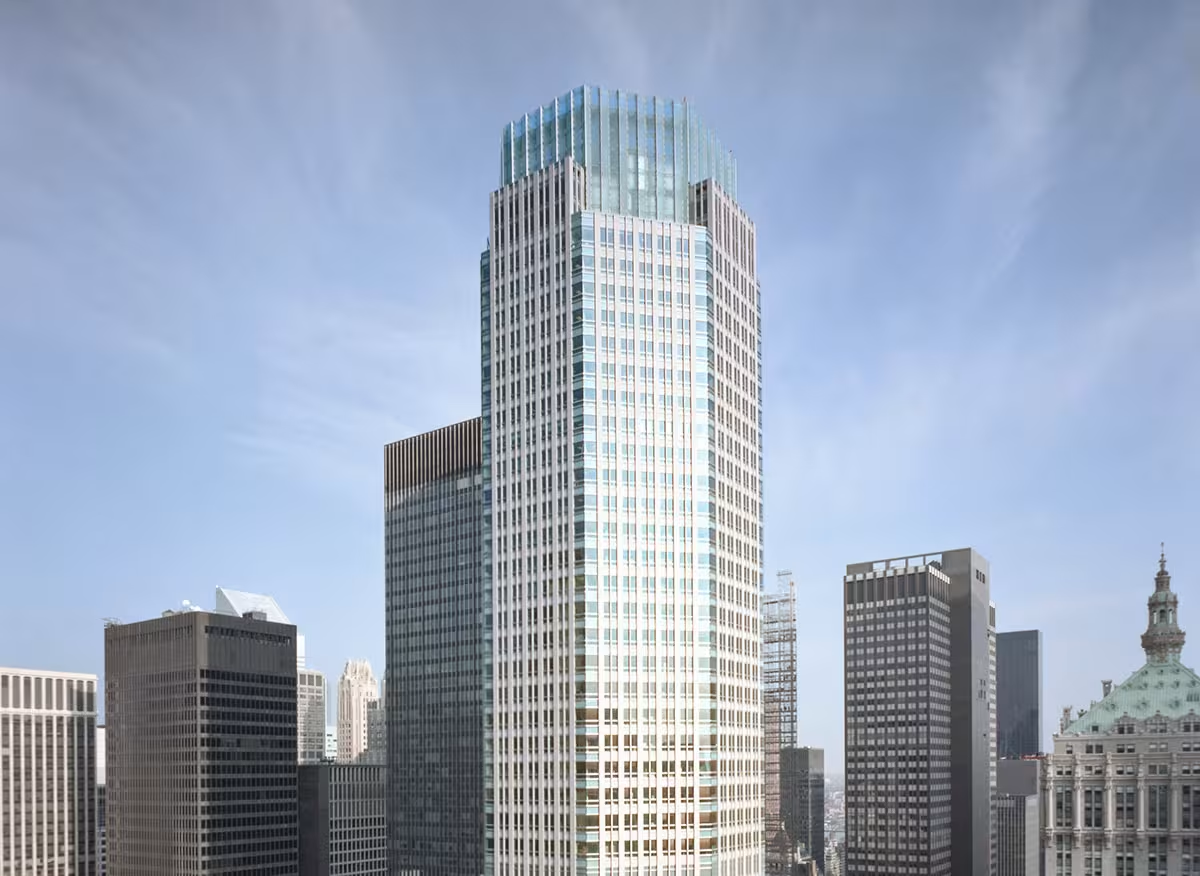555 California Street Building vs 383 Madison Avenue Building


Comparing the 555 California Street Building and the 383 Madison Avenue Building is compelling because they were both designed by Skidmore, Owings & Merrill, yet they stand in different cities (San Francisco, CA and New York, NY), and were completed over two decades apart.
What this will allow us to see, is how the same firm's approach adapted to different places in different periods of time.
Height & Size
The 555 California Street Building is clearly the larger tower of the two, both in terms of height and number of floors. It rises to 778ft (237m) with 52 floors above ground, while the 383 Madison Avenue Building reaches 755ft (230m) with 47 floors above ground.
555 California Street Building also offers more total built-up area, a total fo 1,969,998 sqf (183,019m2), which is about 785,969 sqf (73,019m2) more than what the 383 Madison Avenue Building offers.
Of course, each project may have faced different briefs or regulatory constraints, which we don't really know about and could also explain the outcome.
Architectural Style
The 555 California Street Building was designed in the Postmodernism style, while the 383 Madison Avenue Building reflects the principles of Contemporary.
The 555 California Street Building was completed when the Postmodernism was still emerging, which gave it a pioneering character. The 383 Madison Avenue Building, on the other hand, followed the more established Contemporary, reflecting the prevailing conventions of its day.Uses
Both the 555 California Street Building and the 383 Madison Avenue Building were designed to serve as commercial towers, and that has remained their main use since their completion, serving similar roles in the urban fabric.
The 555 California Street Building also provides 450 parking spaces.
Structure & Facade
The two buildings opted for different structural and facade solutions.
The 555 California Street Building uses a Framed Tube In Tube system, which combines a strong central core with a perimeter tube of columns, while the 383 Madison Avenue Building uses a Frame system, that relies on a regular grid of columns and beams to sustain its weight.
And when it came to the facade, the Curtain Wall went with a Curtain Wall facade, which uses a lightweight glass curtain wall hung from the structure, while the 383 Madison Avenue Building opted for a Modular facade, that employs prefabricated panels, often mixing solid surfaces with smaller windows.
| 555 California Street Building | 383 Madison Avenue Building | |
|---|---|---|
| Skidmore, Owings & Merrill | Architect | Skidmore, Owings & Merrill |
| 1967 | Construction Started | 1999 |
| 1969 | Year Completed | 2001 |
| Postmodernism | Architectural Style | Contemporary |
| Commercial | Current Use | Commercial |
| 52 | Floors Above Ground | 47 |
| 237 m | Height (m) | 230 m |
| 183019 | Built-up Area (m²) | 110000 |
| 38 | Number of Elevators | 30 |
| Framed Tube In Tube | Structure Type | Frame |
| Steel | Vertical Structure Material | Steel |
| Concrete, Steel | Horizontal Structure Material | Poured Concrete Over Metal Decking |
| No | Facade Structural? | No |
| Granite, Glass | Main Facade Material | Granite, Glass |
| Dinwiddie Construction | Main Contractor | Turner Construction Company |
| Bank Of American National Trust & Savings Association | Developer | Gerald D Hines Interests |
| H. J. Brunnier Associates | Structural Engineer | WSP Cantor Seinuk |
| CA | State | NY |
| San Francisco | City | New York |
| 555 California Street | Address | 383 Madison Avenue |